This post is also available in: ![]() English
English ![]() Français (French)
Français (French)
Introduction
Tree nurseries are essential to ensure a supply of wood that meets the expectations of industry and sustainable forest management. Indeed, plantations have a high wood yield that can exceed the yield of naturally regenerated forests. They can also contribute to the restoration of biodiversity, especially when planting rare species, restoring production on poorly regenerated sites or afforesting land that has been deforested.
In reality, young trees nurseries have a key role in guaranteeing the future of forests and ensuring genetic progeny. The objective is indeed fundamental: to improve forest genetics by creating new varieties, thanks in particular to the crossing of the best trees of the same species. In fact, forest tree plantations in greenhouses produce seeds faster than the natural forest cycle.
A young plant takes an average of four years to grow, from the time the seed is harvested until it is planted. Modern greenhouses offer the possibility to control the climate and to have efficient ferti-irrigation systems to feed the young trees. We will see how new horticultural technologies can help forest nurseries.
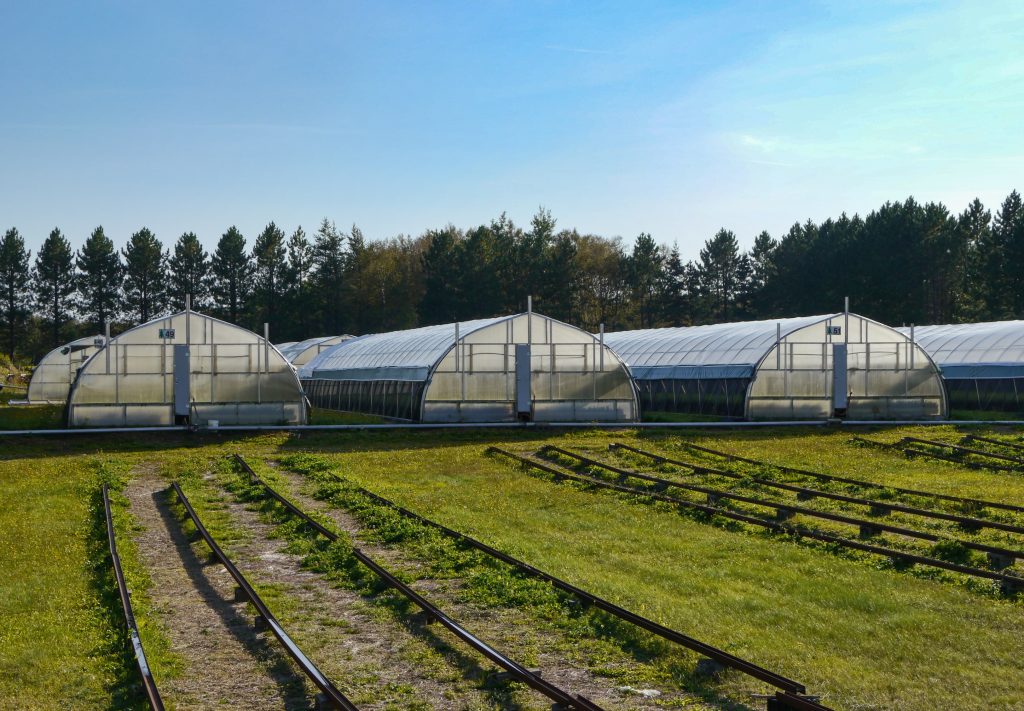
Seedling Tree Nursery
The role of tree seedling nurseries is essential for several reasons. Indeed, these places allow the production of seeds in large quantities that can be reused in conservation programs. For example, after a forest fire, local authorities need a large quantity of seeds and seedlings to respond to the reforestation program . It is currently the case in British Columbia or in Colorado in the United States (see video below).
The homogeneity of the young trees production is also a key factor for the industry to have “identical” plans with the same genetics. In Quebec, these plans are used in forest sustainable management programs to meet the needs of forest producers while preserving biodiversity and soils.
The seedling tree nurseries participate in the multiplication and conservation of seeds in North America. Once the seeds are frozen, they can be stored for months (or even years) before being dispersed to the four corners of the continent for reforestation programs.
The use of poly greenhouse
In young trees nurseries the use of greenhouses is necessary to get optimal growing conditions for young trees. Growing tree seedling under a high tunnel or a gutter connected greenhouses (multispan) allows growers to extend growing seasons by controlling key parameters such as light, temperature, nutrition and irrigation of young trees.
There are different varieties of trees that can be grown in nurseries such as lodgepole pines, white spruces, balsam firs, paper birch, poplars… What is more, these varieties are much less demanding than horticultural or vegetable crops.
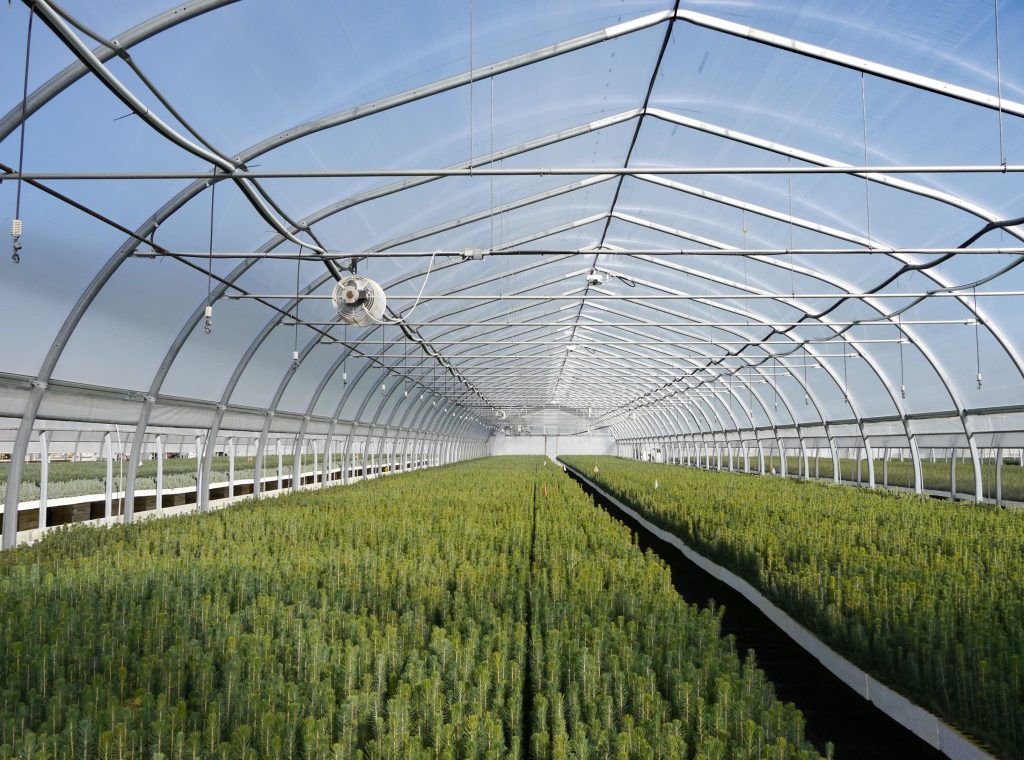
Indeed, when all the conditions are met the trees will need less attention during the growing season. One of the major challenges for the producer will be to optimize the cultivation system to simplify the logistics with tray systems on rails for example while keeping a high cultivation density. Moreover, growing tree seedling in containers reduces the damage during handling and environmental stress. It is more economical to grow, transport, store and transplant.
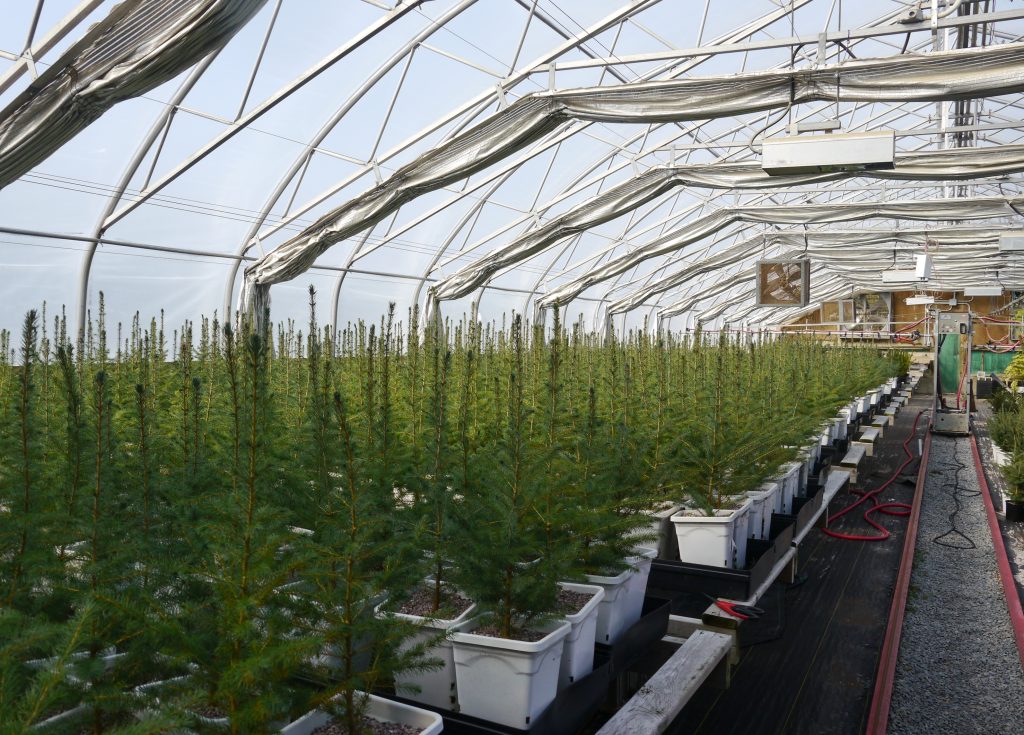
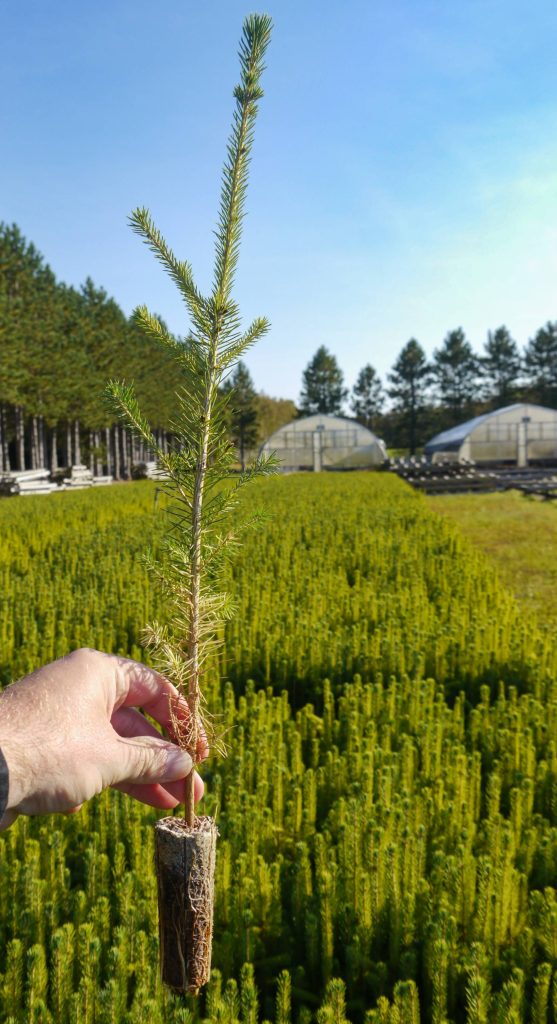
Moreover, the use of Air Tray racks can be another alternative to increase the density, bring more automation and centralized production areas. An example below with Kintigh Nursery:
The management of the cultivation parameters can be done with a climate computer to control the opening of the greenhouse openings (roll-ups and mid roof vent), the heating and the irrigation boom. In most cases, the fertigation system is by sprinkling with an automated irrigation cart or a sprinkler system.
Most cultivated tree varieties will also require a dormancy period of at least two months. In greenhouses it will be possible to reduce the light by using a blackout system.
Conclusion
In recent years, the increase in forest fires has weakened the condition of North American forests. In addition, the forest industry’s need for wood is growing.
For these reasons, seedling tree nurseries are key players in producing quality seeds and young trees that meet specific genetic requirements. Public and private nurseries are privileged places to guarantee the multiplication and survival of hundreds of varieties. In Canada, federal aid programs will increase the production of trees grown in greenhouses in the coming years.
The use of greenhouses is essential for intensive and consistent young trees production. Cold frames, individual (freestanding) and gutter connected greenhouses can be used depending on the cultivation technique.
Sources:
Coast to coast reforestation: https://c2ctrees.com/container-seedlings.php
Les pépinières au secours de la santé des forêts (French):
https://www.onf.fr/onf/+/6f9::pepinieriste-en-confinement.html
Planting and care of tree seedlings: https://extension.unh.edu/sites/default/files/migrated_unmanaged_files/Resource000844_Rep884.pdf
Seedling Tree Nursery: https://csfs.colostate.edu/seedling-tree-nursery/
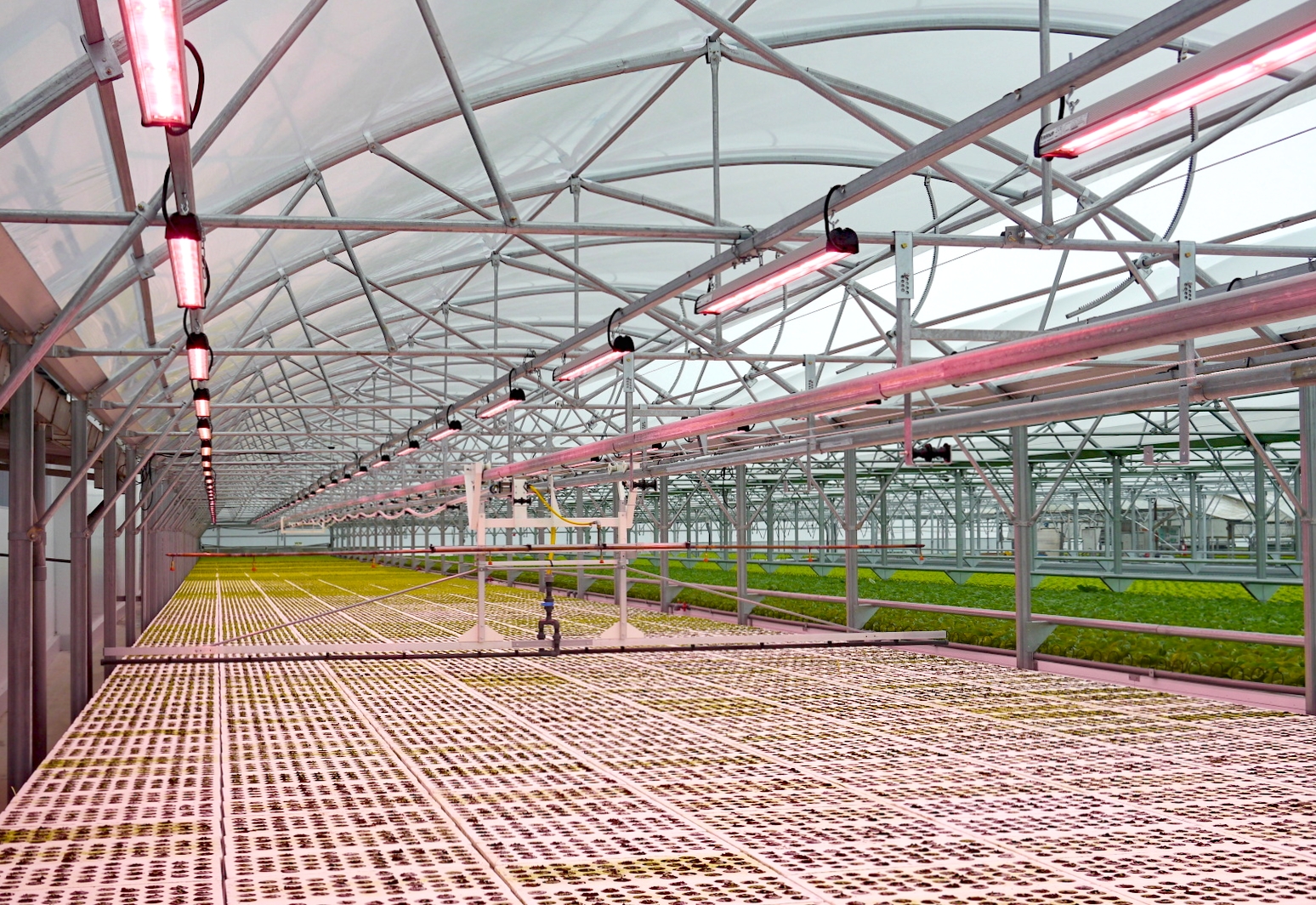


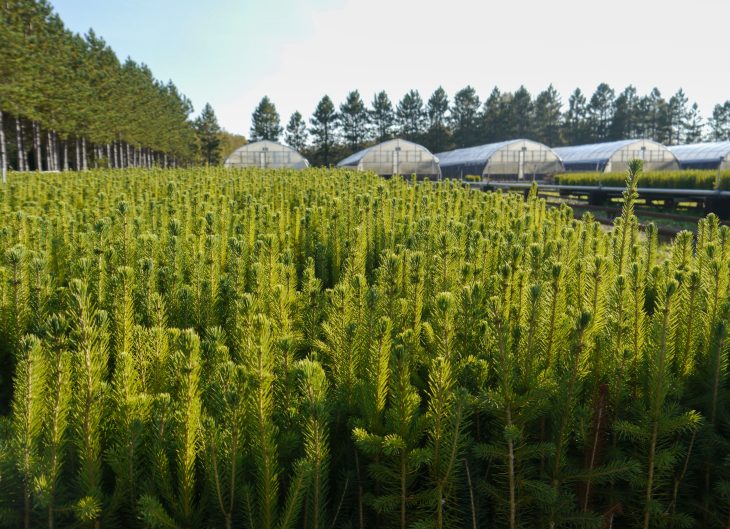
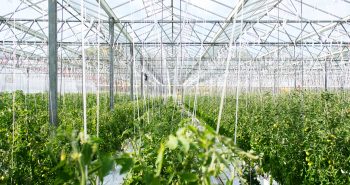
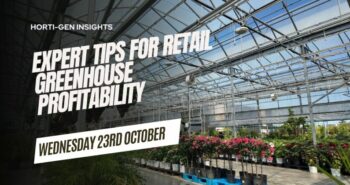
[…] a previous article posted on the blog in October 2021 about reforestation tree seedlings intensive cultivation in […]
Question, your article describes a blackout of 2 months to set dormancy then returning the evergreens to a gradual fertilizer, heat and light. I am a small home grower trying to keep tanyosho pine started from seed alive. So far they have been hit with one good frost. The needles have turned bronze. The “new” growth, aprox 4mm are still lime green at the nodes. Will i be able to place them under maple leaves for protection then in early 2026 pull them and get them back into the growing room without too much stress on the seedlings. I have them in rootmaker pots to encourage a strong and healthy rootstock they can use on their own, in place of grafting the sprouts onto a densiflora rootstock. Yes that was wordy.thanks for your assistance. Dino Macioci
Hi Dino,
Yes, you can overwinter them outdoors under a protective layer of maple leaves. What the seedlings need now is a consistent cold period that allows them to stay fully dormant through winter. The leaf cover will help buffer temperature swings, prevent desiccation, and protect the small rootmaker pots from deep freezing.
Keep in mind that:
Protection is key: Keep the pots on the ground (not on a bench) and bury them under a light but insulating layer of leaves or mulch. You want cold, but not freeze–thaw cycles.
Ventilation: Don’t pack the leaves tightly—loose, airy coverage is best.
Moisture: Make sure they don’t dry out completely through winter. Slightly moist is ideal.
About using rootmaker pots: That’s an excellent choice for pines. Encouraging a fibrous, non-circling root system from the beginning is a big advantage, especially if you’re planning to keep them on their own roots instead of grafting onto P. densiflora. Your approach is sound.
Thank you,
Corenthin